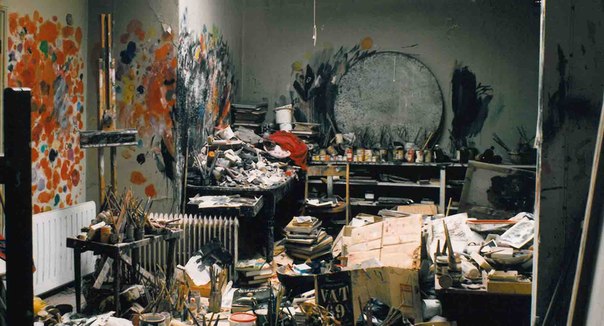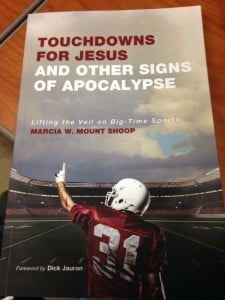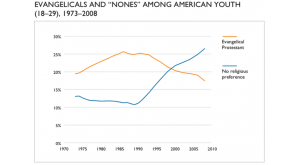Last week I concluded a four-part series over at Good Letters, the blog of IMAGE Journal. Entitled “The Poetics of Painting,” I explore four foundational aspects of painting as a studio practice: the relationship of the artist and her intentions to the work of art; the pictorial dynamics on the surface of a painting; the relationship of the viewer to the painting; and finally, the important role of tradition, for both artist and viewer. Although I’ve previously linked to some of the posts, I’ve included all of them here.
Part One: Pigments on a Canvas
Part Three: Standing Before a Painting
A painting is the result of a complex concrete and conceptual practice that creates and articulates aesthetic relationships that emerge out of and inform the two “coram” relationships that define the human being: our relationship to God (coram Deo) and to the world (coram mundam). This “coram” experience take place on both sides of a painting, that is, for both artist and viewer, although in different ways.
These posts are a first pass at grounding a theology of painting in the practice of painting itself. Most theological approaches presume that a painting is an image that is the causal result of the beliefs, ideas, or “worldview” of the artist. And the presumed goal of a painting is to use that image to convert the viewer to the artist’s beliefs, ideas, or “worldview.” Although the theories of communication on which this assumption relies have long been discredited in other spheres of discourse, it remains foundational for Christian approaches to art. And it does immense violence to the integrity of painting as a cultural practice. In fact, it bears false witness. This is simply not how artists experience the work they do.
These posts are an attempt to till the hard ground of ignorance, bringing to the surface painting’s complexities, so that a more sophisticated theological reflection on this most misunderstood of cultural practices might be possible. Such a theological exploration of painting could be helpful to artists and critics outside the church, even if they do not come to the same conclusions.
Despite the fact that most Christian commentary on art regards “modern art” to be of the Devil, artist after artist in the nineteenth and twentieth centuries conceived of painting in ethical, religious, and moral terms. Let me suggest that they were giving voice to the theological implications and challenges lodged in the difficult decisions they were making as they stood before their unfinished canvases.
In one of his famous Table Talk conversations, Martin Luther suggested, “A sign in philosophy is the mark of a thing that is absent, but a sign in theology is the mark of a thing that is present.”
Is a painting a philosophical mark (absence) or a theological mark (presence)? Most Christian and “secular” approaches to art presume the former. My work is a wager on the latter.
For painting is much more than meets they eye.












